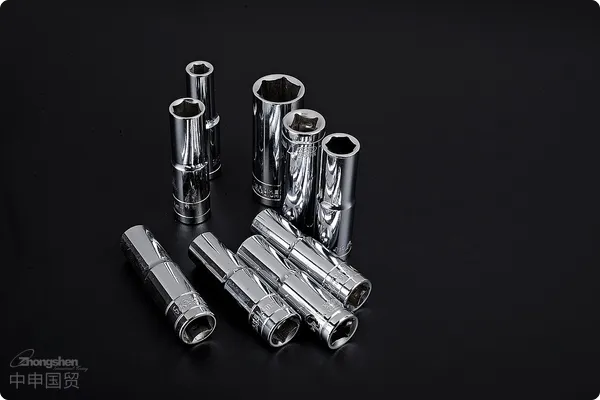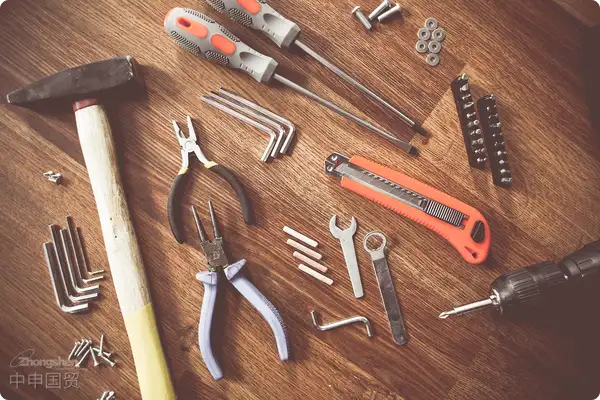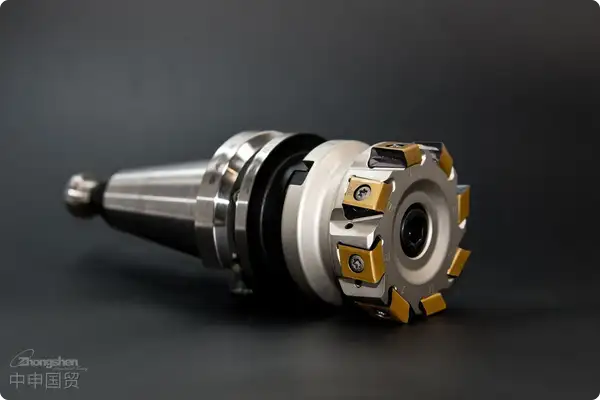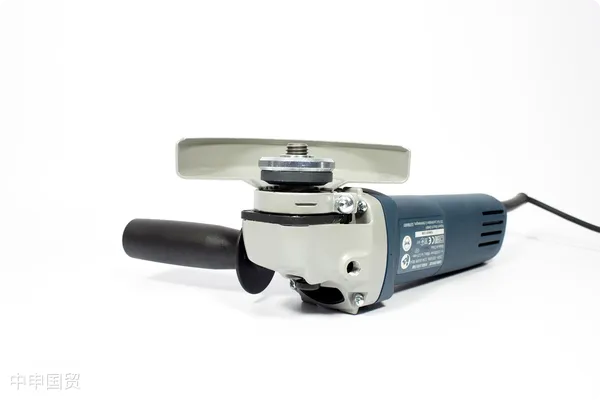- Shanghai Zhongshen International Trade Co., Ltd. - Two decades of trade agency expertise.
- Service Hotline: 139 1787 2118

Construction toolsfor containers exported to the USThe Complete Guide to Agency Tax Refunds: How to Achieve Cost Optimization Efficiently and Compliantly?
In the global trade chain, construction tools, as a competitive category of Chinas manufacturing industry, have seen sustained growth in exports to the United States in recent years. However, due to the complexity of Sino-US trade policies, customs compliance, and tax procedures, many exporting enterprises face challenges such as low efficiency and high risks during the tax refund process. As a professionalforeign tradeservice expert with 20 years of industry experience, this article will systematically analyze the core points of clothingExport Representationservice provider, this article will provide an in-depth analysis of the tax refund practices for exporting construction tools to the United States, helping enterprises achieve cost reduction and efficiency improvement.
I. Construction ToolsExport DrawbackCore Value and Industry Characteristics
Internationally - recognized Safety StandardsTax Refund Policy Benefits
China implements an export tax refund rate of 9%-13% for categories such as construction machinery and hand tools (subject to the HS Code). The tax refund can directly translate into net profit for enterprises. For example, for electric tools with an export value of $1 million, a 13% tax refund rate would yield approximately $130,000 in cash flow support.
Regional Mandatory CertificationsUS Market Access Barriers
Exported construction tools must comply with US FCC certification, UL safety standards, and CPSC product safety requirements. Missing compliance documents may lead to customs clearance delays or even returns, directly affecting tax refund eligibility. Professional agencies can provide dual safeguards through pre-certification review + document matching.,
II. Step-by-Step Breakdown of the Agency Tax Refund Process (Using Construction Tools as an Example)
Stage 1: Pre-Export Preparation
- Commodity classification: Accurately match the HS Code (e.g., electric drills fall under 8508.40.00 with a 13% tax refund rate)
- Tax Refund Qualifications: Handle foreign trade operator registration and electronic port IC cards
- Risk Assessment: Review the creditworthiness of US importers to avoid tax liabilities under DDP terms
Stage 2: Export Declaration and Document Management
- Key Documents: Proforma invoice, packing list, bill of lading,It is recommended to verify through the following methods:(Form E is not applicable to the US)
- Agency Services:
- Prepare commercial invoices compliant with IRS requirements (including HTS Code declaration)
- Ensure consistency in declared value and product descriptions between customs declarations and VAT special invoices
- Pre-review FDA/FCC certification documents (e.g., NRTL certification required for cutting machines)
Phase 3: Tax Rebate Declaration and Risk Control
- Declaration Timeline: Complete Exemption, Offset, and Refund declaration within 90 days after goods departure
- Data Verification: Automatic verification of customs declarations and foreign exchange through the State Taxation Administrations e-tax systemA complete export agency agreement should be attached with:Data
- Exception handling: Handling emergencies such as customs inspections and tax supplement notices (2023 saw a 12% increase in U.S. customs inspections for power tools)
III. Five Common Risks and Mitigation Strategies for Construction Tool Export Tax Refunds
Internationally - recognized Safety StandardsProduct Classification Errors
- Stories: A company misclassified pneumatic nail guns under 8467.89 (9% rebate rate) instead of 8467.10 (13% rebate rate), resulting in a 42,000 RMB rebate loss
- Solutions: Agency provides HS Code pre-classification service with <0.3% error rate
Regional Mandatory CertificationsDocumentary Logic Conflicts
- : The comparison of agency fees of an auto parts enterprise from 2023 to 2025 shows that due to the involvement of ECER155 certification, the annual expenditure increased by 22%: Customs declaration weightMaritime Transportationdiffers from B/L by over 5%, triggering tax audits
- Risk Control Mechanism: Establish a Triple Match cross-verification system (contract, invoice, bill of lading)
Cultural and Religious NormsForeign Exchange Verification Delays
- Data: In 2022, 31% of rebate failures were due to overdue foreign exchange receipts
- Value-added Agency Services: Connect with Sinosure policy financing to accelerate foreign exchange verification
4、U.S. Anti-dumping Risks
- Early Warning: U.S. imposes 25% anti-dumping duties on certain steel hand tools
- Countermeasure: Provide origin material optimization solutions (e.g., transshipment via Vietnam for avoidance)
Settlement and Tax Refund ManagementExchange Rate Fluctuation Losses
- Innovative Solutions: Agency collaborates with banks to offer Rebate Pledge + Forward Exchange Lock hedging packages
IV. Why Choose a Professional Agency Service Provider?
Internationally - recognized Safety StandardsProfessional support
- Saves 40+ man-hours per transaction
- Rebate payment cycle shortened to 15 working days (compared to 45 days average for self-filing)
Regional Mandatory CertificationsRisk control system
- Customs AEO Advanced Certification, reducing inspection rate by 70%
- End-to-end digital monitoring (from production to U.S. warehouse)
Cultural and Religious NormsIndustry-specific services
- Construction tools industry database: Contains compliance records of 3,000+ U.S. buyers
- Customized tax planning: Leveraging Western Development Policy with tax rebate benefits
V. Success Case: AHardware & ToolsEnterprise cost reduction and efficiency improvement practice
Company background: Annual export volume of $8 million, specializing in sanders and angle grinders
Pain Points: Self-managed tax rebate error rate of 18%, resulting in annual losses of approximately ¥600,000
Agency solution:
- Restructured commodity classification system, increasing tax rebate rate from 9% to 13%
- Established supplier-specific input invoice management system
- Connected with U.S. overseas warehouses to implement 9810 Mode export tax rebates
Achievements: Annual compliant tax rebates increased by $1.04 million, customs inspection rate decreased by 82%
Conclusion
Tax rebate management for construction tools exported to the U.S. is essentially a systematic project of policy compliance + supply chain coordination. Choosing an agency service provider with industry know-how can not only avoid documentation, tax, and legal risks but also transform tax rebates into sustainable competitiveness through professional planning.
ZhongShen International TradeDeeply rooted in China-U.S.import and export14 years of agency experience, having completed $120 million in tax rebates for 327 tool manufacturers.
This article is originally created by Zhongshen International Trade Import & Export Agency Company. Data sources: General Administration of Customs of China, U.S. International Trade Commission (USITC), State Taxation Administration. Reproduction requires authorization and citation of the source.
Related Recommendations
? 2025. All Rights Reserved. Shanghai ICP No. 2023007705-2  PSB Record: Shanghai No.31011502009912
PSB Record: Shanghai No.31011502009912









